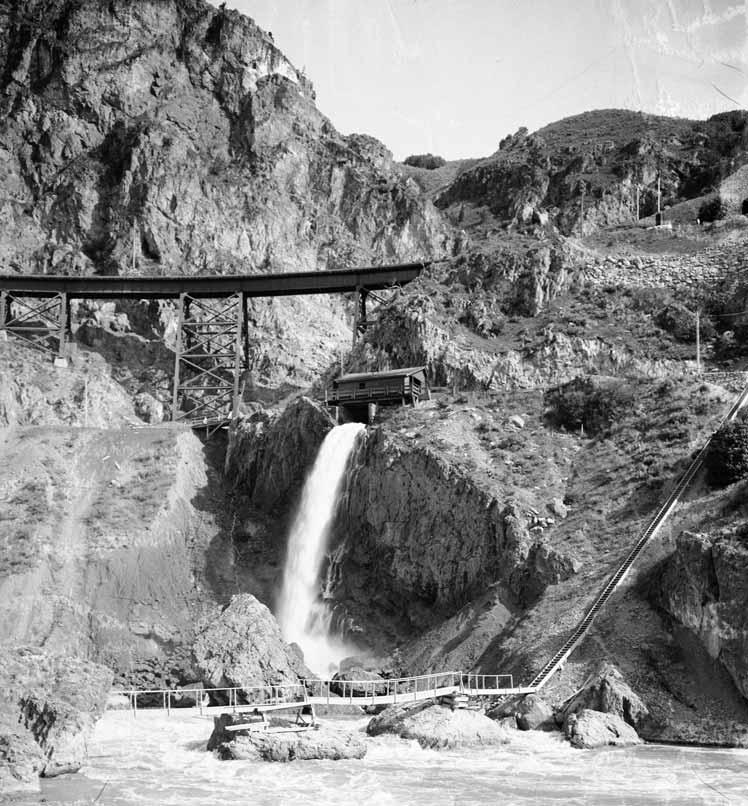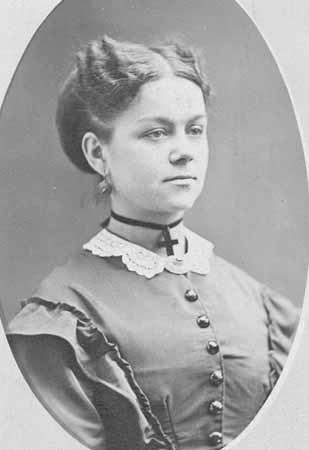
5 minute read
Letters
Editor,
Upon the arrival of a new issue of the Quarterly, I ordinarily turn first to the book review section as part of my effort to remain abreast of the burgeoning literature of our field. As the Quarterly is on a tight budget, space for reviews is limited, but one can generally expect full reviews of the most significant new books as well as brief notices of others. Choosing which book gets which consideration is undoubtedly a tough job, but I was disappointed to see Clive Scott Chisholm’s Following the Wrong God Home: Footloose in an American Dream (Norman University of Oklahoma Press,2003) relegated to a brief notice in the Fall,2003 issue. While I have no desire to create my own backstairs book review column, I am writing to call readers’ attention more fully to this extraordinarily thought-provoking (not to say provocative) new book.
Chisholm, a Canadian native, became intrigued with the idea of an American Dream after moving to New York, as part of his attempt to understand his adopted country.(Apparently our practical-minded neighbors to the north, of whom most of us remain arrogantly ignorant, have no such notion.) Having grown up in the Reorganized LDS Church, Chisholm was well aware of the Mormon Zion as one of U.S. history’s most focused and persistent attempts at a perfectible earthly order, so he set out on foot to retrace the Mormon Trail from the Missouri River to Salt Lake City in search of that and any other American Dreams he might encounter along the way. While one could easily suggest a less arduous research strategy, Chisholm’s journey brought him into contact with some truly memorable characters who provoked some memorable reflections on Mormon and United States history and culture and the ways in which we have interpreted our past.
The most memorable character of all is Chisholm himself, one of the grouchiest curmudgeons who have ever come to my attention. Mormon readers will be the first ones offended, for after all he determined that he had “followed the wrong god home,” but nothing else his blistered feet could bring within the purview of his lively intellect escapes caustic comment either. Particularly nettling to him are historic markers that ignore minorities—the losers in the “winning” of the West—and living history exhibits that present a sanitized and mythologized version of history. He meticulously refutes the version of the Mormon takeover of Ft. Bridger presented by Fred Gowans and Eugene Campbell and—less cogently—excoriates what he regards as the overweening optimism behind the handcart experiment that sent some 200 emigrants to their deaths in 1856.(The tragedy of the Martin and Willie companies was an easily avoidable anomaly that indicates no essential flaw in one of Brigham Young’s most ingenious and successful ideas— an idea that brought some 3,500 emigrants to Utah safely and inexpensively.)
Chisholm’s book leaves some intriguing questions unanswered, mostly about himself. What brought him to this country in the first place, given the fact that he consistently contrasts the U.S. unfavorably with his native Canada? Why did he eventually settle in Utah, where he is a retired Utah State University professor, given the fact that he “followed the wrong god home”? And what brought him to become a Roman Catholic, an event gratuitously mentioned only at the very end of the book (if things continue as planned, he will have been ordained a deacon in that church by the time this letter is printed)?
In contrast with many other books reviewed in this journal, Following the Wrong God Home encourages us to think largely, about the place of Utah and the West in United States culture, and to think critically, not only about our shallow and selective historical interpretations, but also about the very limits of human perfectibility. I hope readers will buy it, let it lift their blood pressure, then let it lift their intellect into renewed and deeper reflections about who we are.
Sincerely, Gary Topping
Editor, Always look forward to receiving Historical Quarterly and Fall 2003 was no exception. In “Kanosh and Ute Identity in Territorial Utah” it is stated on page 334 that Chief Kanosh “died in December 1881,yet on page 340 the picture of Chief Kanosh’s Headstone indicates he died in 1884.Which date is correct?
Thanks for your help. William E.Swenson Pocatello,Idaho
Editor’s response,
I’m pleased that you enjoy reading the Utah Historical Quarterly and am impressed with your careful reading of the Kanosh article. Kanosh died on December 4, 1881,and there is a lengthy description of his funeral and burial in the December 12,1881 issue of the Deseret Evening News. In his history of the town of Kanosh, Birth of Kanosh, published in 1995,Leavitt Christensen also identifies the date as December 4,1881,but notes that some biographers had listed 1884 as the death date. He also notes that the Kanosh marker was erected by the Civilian Conservation Corps in 1935.Obviously they chose the 1884 date for the marker.







